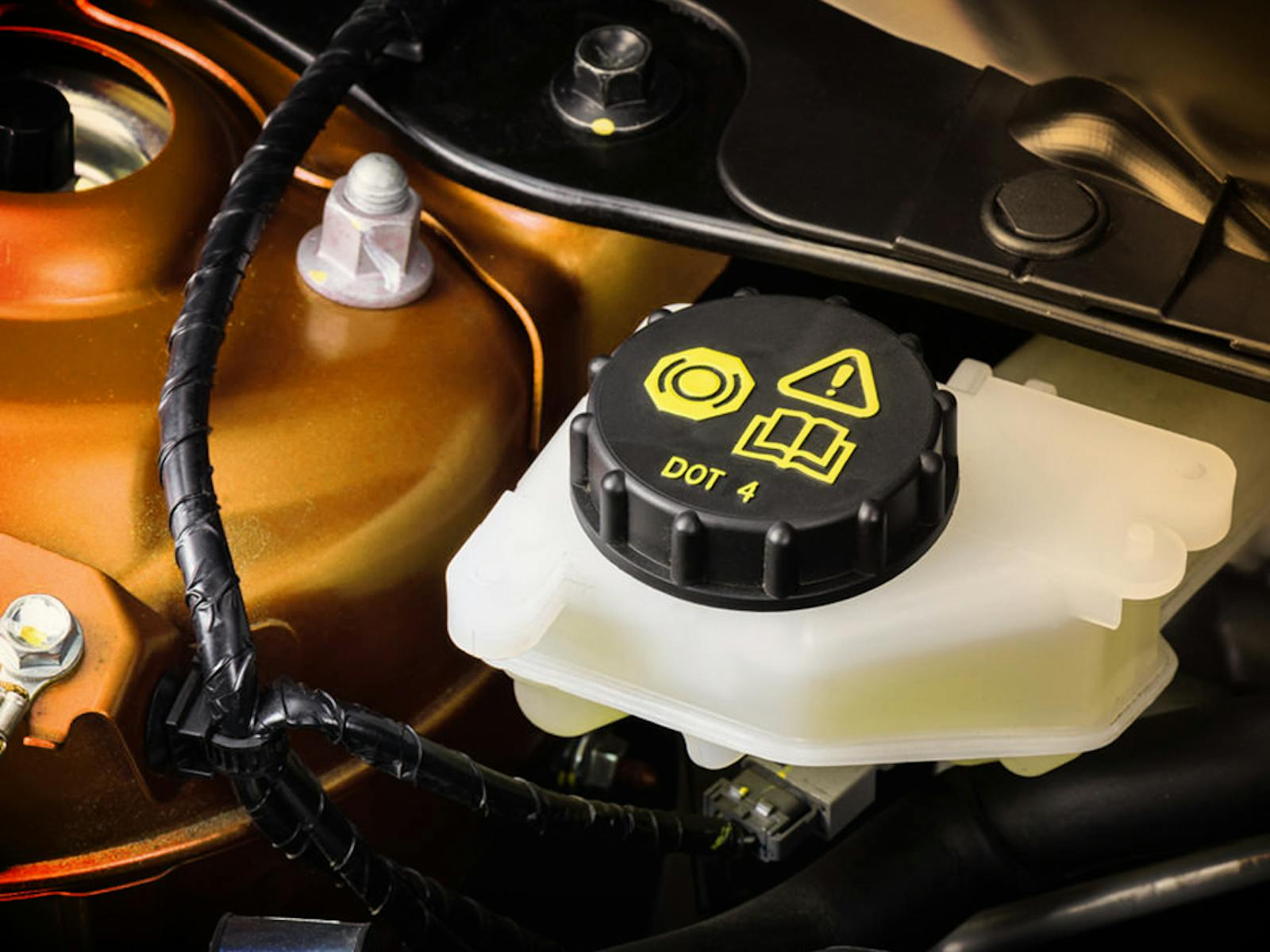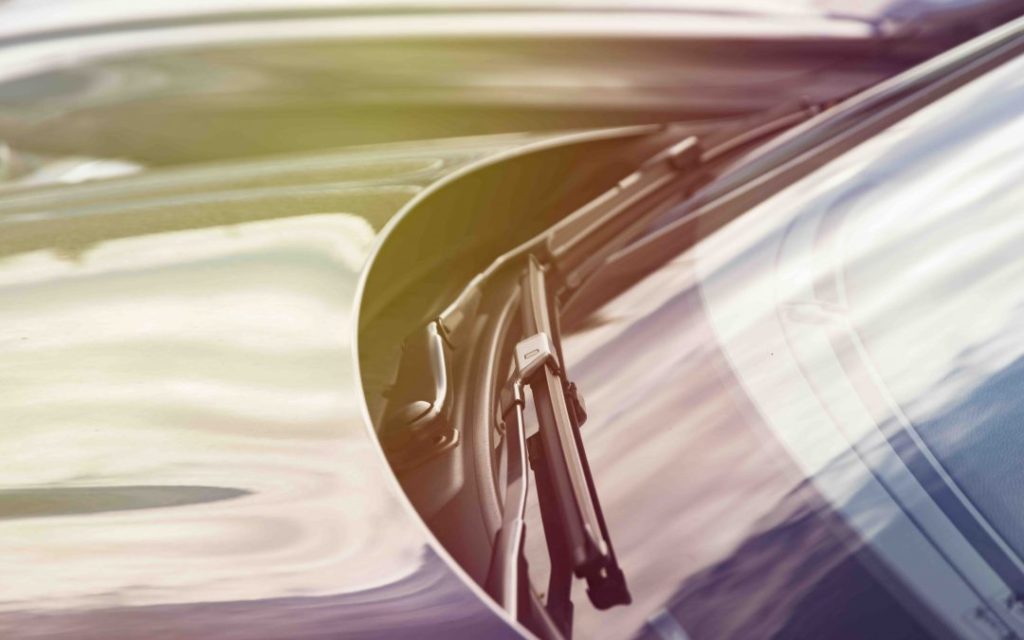As the summertime and hot temperatures become more frequent, the most common reminders for drivers are to be aware of how warm a vehicle can get while parked in the sun and to never leave a child or pet inside that car or truck.
In addition, however, there are many other common items left or stored in a vehicle that hot weather can severely damage, destroy, or even cause to explode.
- Sunglasses—Plastic frames can soften and warp, changing the fit to your face. Plastic lenses can also warp, making them unusable. Sunglasses with metal frames can get so hot that they can’t be worn until they cool down.
- Sunscreen—When sunscreen is left in a car, the heat can change its active ingredients, making it less effective or not effective at all.
- Medicines – Any prescription or non-prescription medicine should be kept at no more than 77 degrees unless it is a medication that needs to be refrigerated, like some insulins, heart and thyroid drugs. Heat can cause the medication to lose its effectiveness.
- Cosmetics – Make-up can melt and separate, making it unusable.
- Aerosol Cans – Hairspray, sunscreen, paint, or any material in a pressurized can may explode when temperatures exceed 120 degrees. Personal protection devices such as pepper sprays also fall into this category.
- Electronics – Mobile phones, laptops, tablets, cameras, and other electronic devices do not deal well with high temperatures. Batteries and other components inside the device can leak and fail, turning the device into a paperweight. Heat-related damage may not be covered under warranties.
- Batteries – Face the same issues as electronics. Batteries can deform, leak, and even explode when exposed to high heat for long periods of time.
- Pens, markers, and crayons – Heat will deform plastic pens and markers. Ink will either evaporate or leak. Crayons will melt into a gooey mess and then harden once temperatures drop.
- Food—Groceries or leftovers should be considered UNSAFE if left in a hot car for more than an hour. Snacks and candy, especially chocolate, will melt into a gooey mess.
- DVDs and CDs – These can warp and become unplayable.
- Beer and Wine—Both of these beverages change composition above 78 degrees. Wine quickly turns into a sour vinegar-like liquid, and beer also turns sour. Cans and bottles may explode if kept at high temperatures for long periods of time, and other alcoholic spirits can change under high heat.
- Canned and Bottled Soda—High heat can affect the taste and consistency of carbonated drinks. Heat can also affect some soda ingredients, changing the flavor of the drink. In extreme heat, cans and bottles can explode due to heat creating extreme pressure inside the container.
- Plastic Water Bottles – Avoid using plastic water bottles that have been exposed to sunlight and/or heat. Some bottles can release small amounts of the substance BPA, which has been linked to health risks in high amounts. Avoid this by purchasing BPA-free water bottles or a glass container.
- Cigarette/Cigar Lighters – Disposable or refillable, the pressurized flammable material will expand under high heat conditions. These can burst and even explode.
- Credit/debit cards – High heat can cause these to warp or deform and become unusable – even if they’re the new “chip” style card.
- Latex gloves or other latex items—Latex rubber has a relatively low melting point, so gloves and other latex items can lose their ability to protect or provide a barrier.
One suggestion is to keep an insulated ice chest or cooler in the trunk or back seat of the vehicle. This can offer some short-term protection for items that are exposed to the heat.
And never, never, ever leave children, pets, or the elderly in a car parked in the sun. Not even for a minute.










